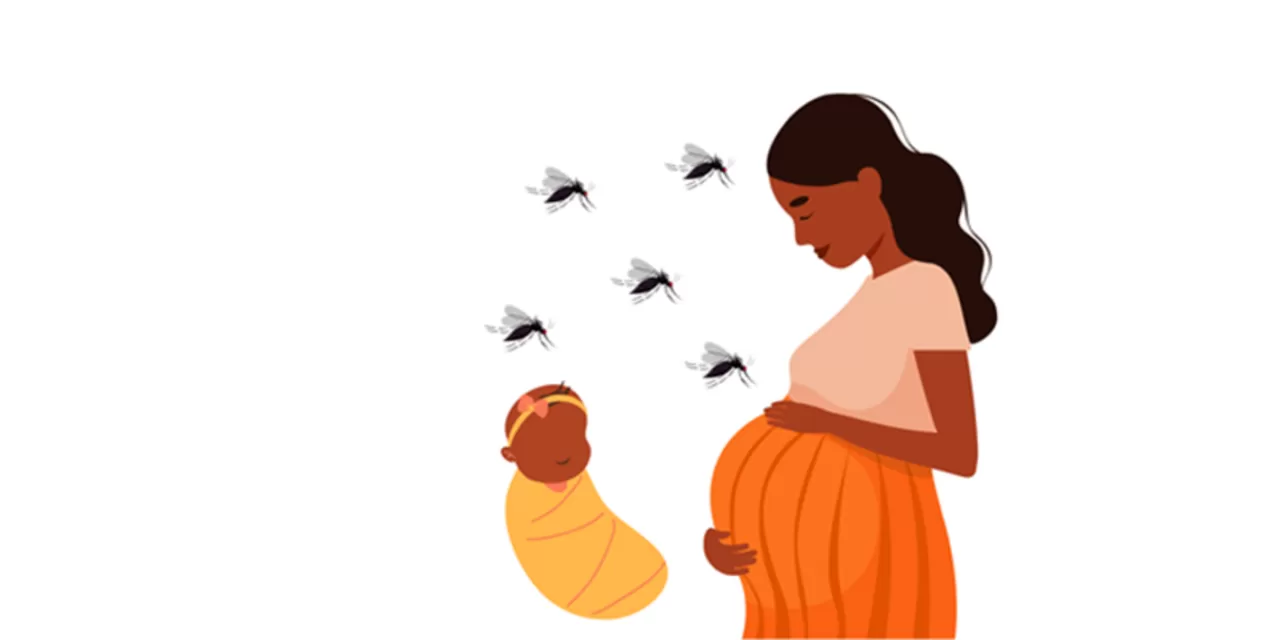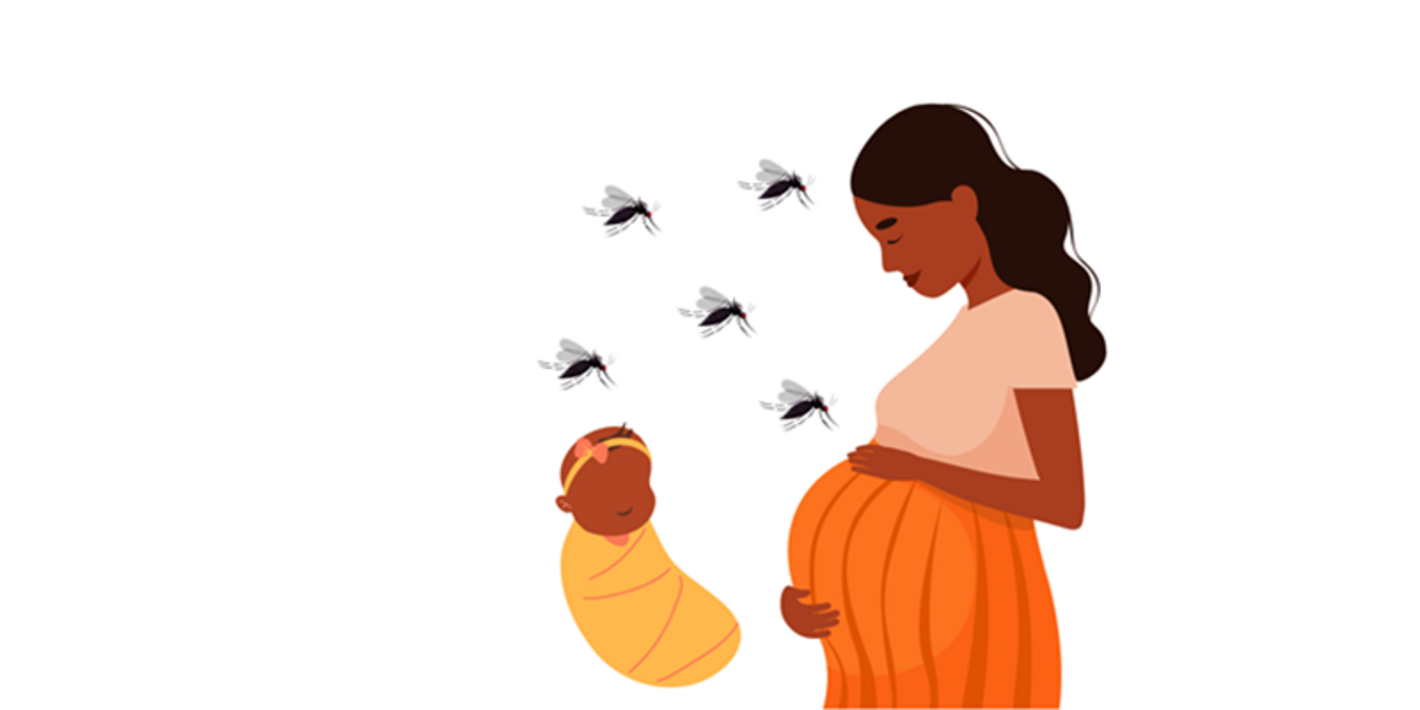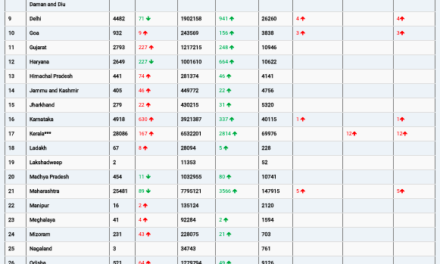“While Zika cases have globally decreased since 2017, the virus continues to circulate in 89 countries worldwide. Despite generally low incidence rates, some countries have experienced sporadic increases in recent years.
During the EPI-WIN webinar titled ‘Zika Virus: Learning from the Past, Preparing for the Future,’ experts convened to discuss the global Zika situation and strategies for monitoring its transmission to enhance preparedness and early response.
María Van Kerkhove, Head of the Emerging Diseases and Zoonoses Unit at the World Health Organization (WHO), noted that most Zika infections are asymptomatic or mild, posing challenges for healthcare system detection.
WHO also highlighted the heightened risk for pregnant women, as Zika can lead to congenital malformations like microcephaly, as well as an increased likelihood of preterm births or spontaneous abortions.
In the Americas, Zika’s local transmission has been confirmed in all countries and territories except continental Chile, Uruguay, and Canada, with Brazil, Colombia, and Venezuela reporting the highest number of cases.
Data from the Pan American Health Organization (PAHO) revealed that while diseases like dengue and chikungunya have caused millions of cases in 2023, Zika has shown significantly lower incidence, with only 27,000 cases during the same period.
Thais dos Santos, Advisor on Surveillance and Control of Arboviral Neglected Diseases at PAHO, stressed the importance of integrating Zika surveillance with monitoring other neurological syndromes like Guillain-Barre to enhance understanding and prevention.
Dos Santos emphasized the critical need for robust surveillance, accurate diagnostics, and healthcare personnel training to ensure timely Zika detection and effective control measures.
In March 2022, WHO launched the Global Arbovirus Initiative, focusing on mosquito, fly, and tick-borne viruses with epidemic and pandemic potential. The initiative aims to develop guidelines, strengthen surveillance, and foster collaboration among stakeholders to combat Zika and other arboviruses.”













